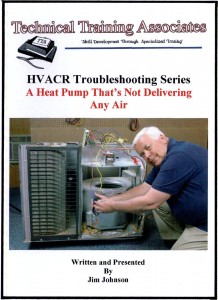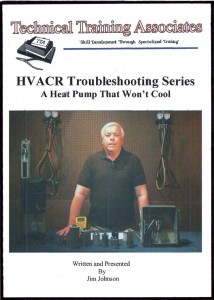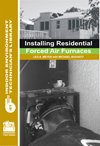As economies open back up around the country, don't be surprised if the bulk of your HVAC company's calls are about indoor air quality solutions. With plenty of time to think about the air they breathe, homeowners are focused on indoor air quality solutions as they leave quarantine. The hope being, if or when shelter-in-place orders are doled out next year, they can be confident that the air they breath inside is clear.
As an HVAC professional, don't let them (or you) get caught up in the pandemic pandemonium. There are heating, ventilation and air conditioning standards from trusted sources such as ACCA, NADCA, IAQA and, of course, the American Society of Heating, Refrigerating and Air-Conditioning Engineers (ASHRAE) that can bolster indoor air quality solutions.
Where is the best place to begin with indoor air quality? Start with the basics.
ANSI/ASHRAE Standards 62.1 and 62.2 are the HVAC industry standards for ventilation system design and acceptable indoor air quality (IAQ).
The following tips, taken from ASHRAE Standard 62.2 ("Ventilation and Acceptable Indoor Air Quality in Low-Rise Residential Buildings"), can serve as a quick checklist for indoor air quality in a residential space. Start slow and work your way through the home, and think about the right indoor air quality solution to fit the space.
Tip 1: Check the Air Filter
Sometimes the most obvious and overlooked indoor air quality solution is the air filter on the HVAC unit. It is the Achilles heel of residential HVAC because neglecting something so basic can lead to big air quality problems.
"Put a good particle filter or air cleaner in your air handling system to keep dirt out of the air and off your ductwork and heating and cooling components," ASHRAE, and any HVAC professional worth one's salt, recommends.
When a homeowner says their HVAC system has not been serviced "in awhile," expect the worst, but hope for the best. HVAC techs know this feeling all too well.
The air filter can provide insight into how much the rest of the home's space may need servicing.
Tip 2: Venting Rooms & Ventilation
Vents from bathrooms, kitchens, toilet and laundry rooms should flow directly outdoors. This prevents the build up of biological pollutants (see no. 1 in photo).
Using energy efficient fans in these spaces will also cut down on cost and noise pollution as air is pushed out. If you find air is from these rooms being redirected inside, or you find no vents at all, the home may have a larger duct system problem.
Tip 3: Watch For Air Cross Contamination
"Avoid locating furnaces, air conditioners and ductwork in garages or other spaces where they can inadvertently draw contaminants into the house," says ASHRAE (see no. 8 and 2 in photo). "Use sealed-combustion, power-vented or condensing water heaters and furnaces. When natural-draft applications must be used, they should be tested for proper venting and should be located outside occupiable space when possible."
Supply and return vents may not be obvious to all homeowners. So it is essential that you, as the HVAC expert, follow up and fact check their statements.
Fireplaces and other hearth products should also be properly vented; use tight doors and outdoor intakes whenever possible (see no. 3).
Tip 4: Keep Toxic Chemicals Contained
If a home smells like toxic chemicals, you can bet they are affecting indoor air quality (see no. 5 in photo). The most obvious indoor air quality solution here is to move the chemicals outside to a garage or other storage facility.
"Toxic or volatile compounds such as paints, solvents, cleaners and pesticides should be stored outside of the occupiable space," says ASHRAE. Thus, removing the toxicity from the air supply.
Tip 5: Lifestyle Changes Can Be An Indoor Air Quality Solution
Tell a smoker how much smoking is bad for them, and they will probably respond with two little words: I know. Tell them what smoking is doing for their indoor air quality and they might change their tune.
However, it is not just smoking that depreciates indoor air, burning candles, indoor barbecues and other combustible appliances affect air. As such, windows and a strong forced air system can help clear out the bad air from "high-polluting" events. These include cooking and cleaning with disinfecting chemicals.
Why indoor air quality matters now more than ever
Simply put, indoor air quality matters now because the customer wants it. Consumer demand sets the market. In turn, it is the HVAC industry's job to meet the demand.
Before offering an advanced indoor air quality solution like duct cleaning or ultraviolet light, see how the residential space scores with the basics. Additionally, check for updates on ASHRAE standard 62.1 and 62.2. Although these tips are not meant to be extensive, they provide a good place to start in finding the right solution.











